Can You Grow An Elderberry In A Pot: Tips For Growing Elderberries In Containers
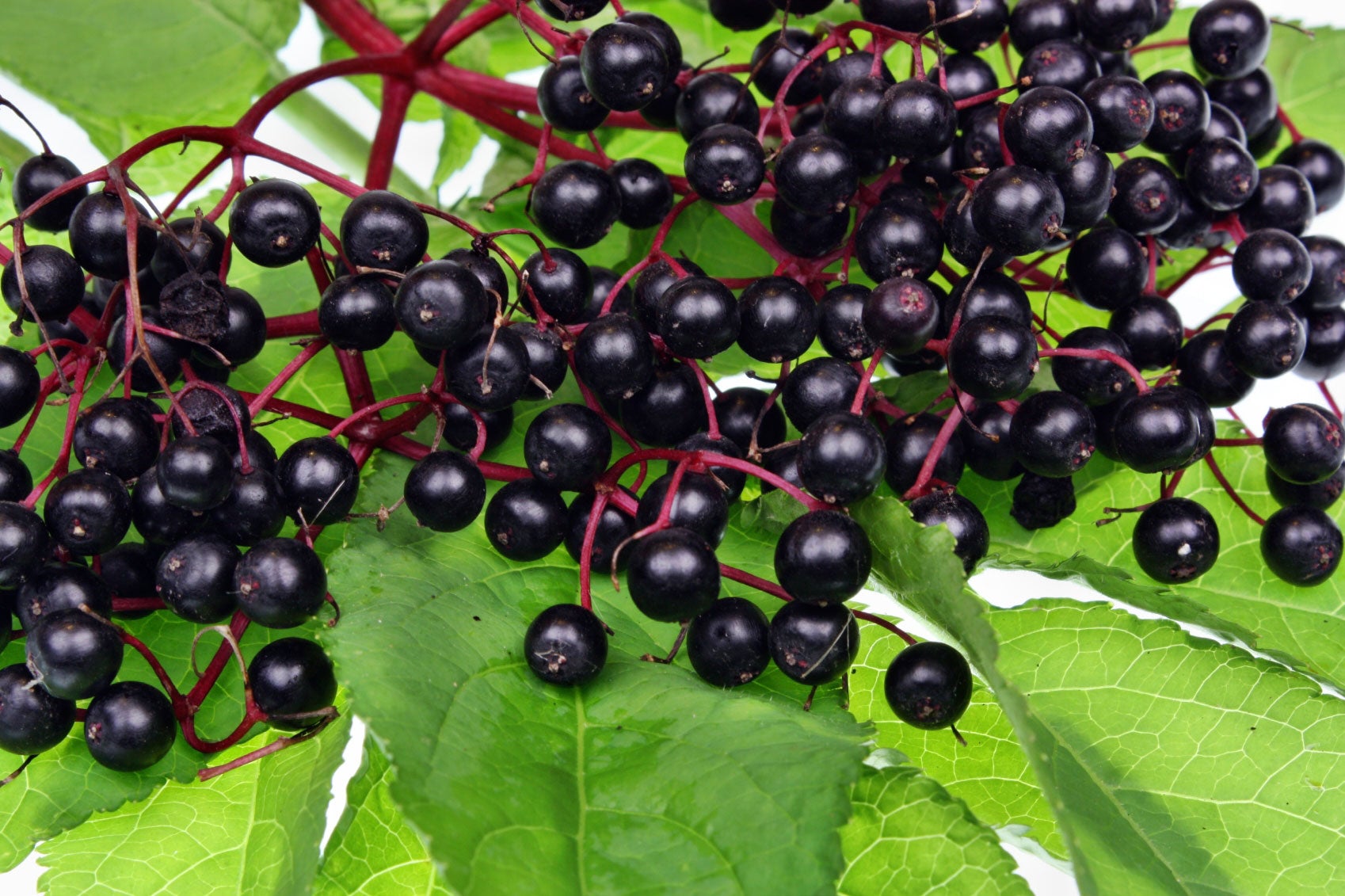

Elderberries are highly ornamental shrubs that produce tasty berries in late summer and early fall. Most are grown in the landscape but growing elderberries in containers is possible. This article explains how to care for container-grown elderberry bushes.
Can You Grow an Elderberry in a Pot?
In the ground, elderberry bushes grow into dense masses similar to a thicket, and overtime they spread to cover a wide area. While they aren't a good choice for a small balcony or patio, you can grow elderberries as a potted plant if you have a large container and plenty of room. Elderberry shrubs in containers have confined roots so the plants won't grow as large as they would in the ground, but they will need severe pruning in the spring to help control the size and keep the canes productive. The American elder (Sambucus canadensis) is one of the few fruit-bearing shrubs that produce well in shade. Native to eastern North America, it is an excellent choice for gardeners who want to attract wildlife. Some varieties grow up to 12 feet (4 m.) tall, but the shorter types that grow no more than 4 feet (1 m.) high are best for containers. Choose a large pot with several drainage holes in the bottom. Fill the pot with potting soil that is rich in organic matter. Elderberries need a lot of moisture and won't survive if you allow the soil to dry out. Large pots and organically rich potting mix can cut down on the amount of time you spend watering the plant.
Care for Elderberry in Pots
Container-grown elderberries need severe pruning every year in late winter or early spring to keep them from outgrowing their pots. Remove canes that droop down to the ground, broken or damaged canes, and those that cross each other so that they rub together. Remove the canes by cutting them off at soil level. In their first year, elderberry canes produce a light crop of fruit. Second-year canes produce a heavy crop, and they decline in their third year. Remove all of the third-year canes and enough first and second-year canes to leave a total of about five canes in the pot. Late winter or early spring is also the best time to fertilize elderberries in pots. Choose a slow-release fertilizer with an analysis of 8-8-8 or 10-10-10 and follow the instructions for containerized plants. Take care not to damage the roots near the surface when mixing the fertilizer into the soil.
Gardening tips, videos, info and more delivered right to your inbox!
Sign up for the Gardening Know How newsletter today and receive a free copy of our e-book "How to Grow Delicious Tomatoes".

Jackie Carroll has written over 500 articles for Gardening Know How on a wide range of topics.
-
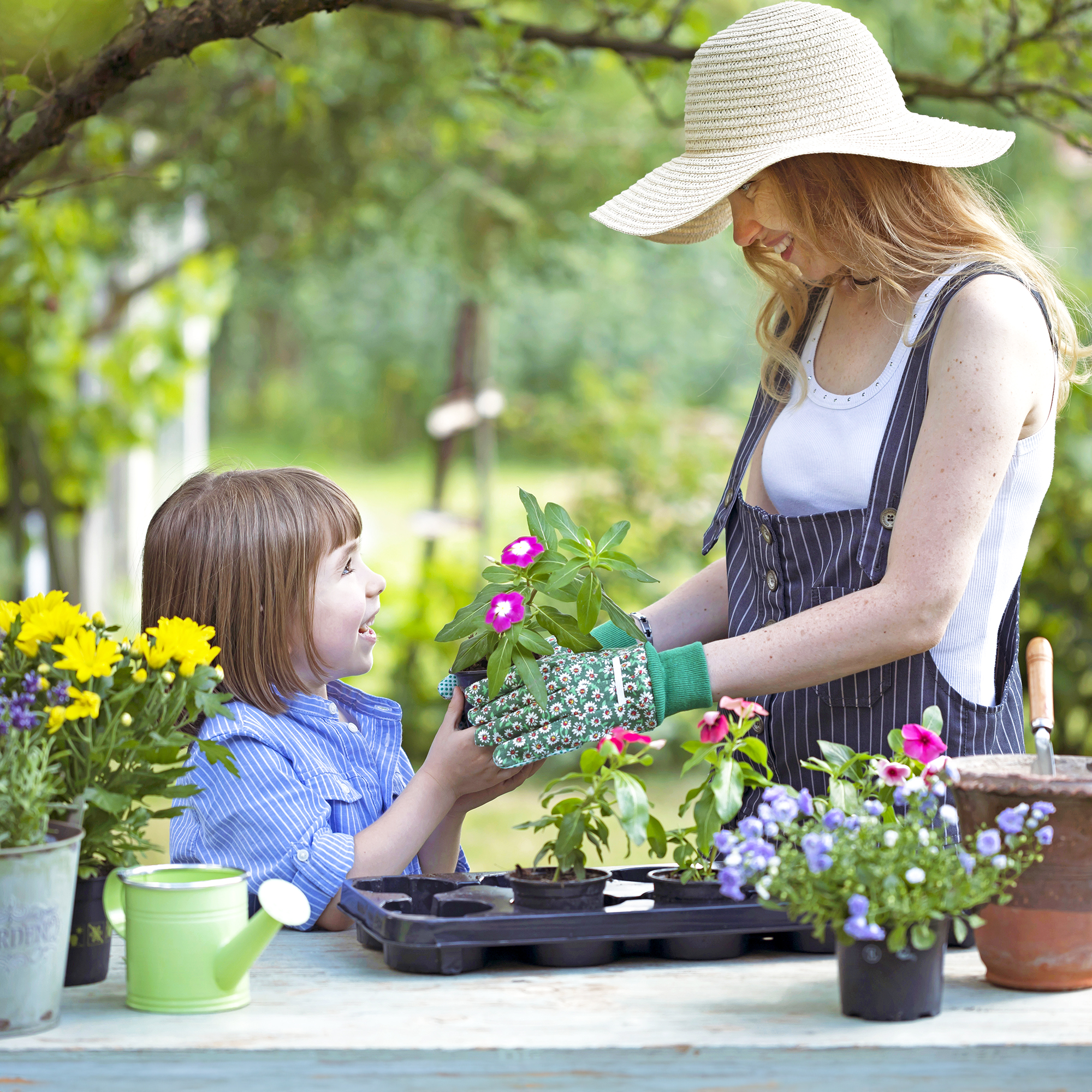 12 Mother’s Day Garden Gifts That Celebrate Moms Who Love To Grow
12 Mother’s Day Garden Gifts That Celebrate Moms Who Love To GrowAll Moms deserve to feel special on Mother’s Day, so treat her to a thoughtful gardening gift that helps her get the most out of her hobby.
By Melanie Griffiths
-
 Never Plant Seedlings Until They Pass These 3 Simple Tests
Never Plant Seedlings Until They Pass These 3 Simple TestsDon't be over-eager to transplant seedlings into the garden before they are ready. These quick and easy checks will help ensure flourishing plants.
By Mary Ellen Ellis
-
 Elderberries Not Fruiting – How To Get Elderberry Fruit
Elderberries Not Fruiting – How To Get Elderberry FruitNo berries on elderberry? There may be a simple explanation. Read on for a helpful tips that may resolve the problem of elderberries not fruiting.
By Mary H. Dyer
-
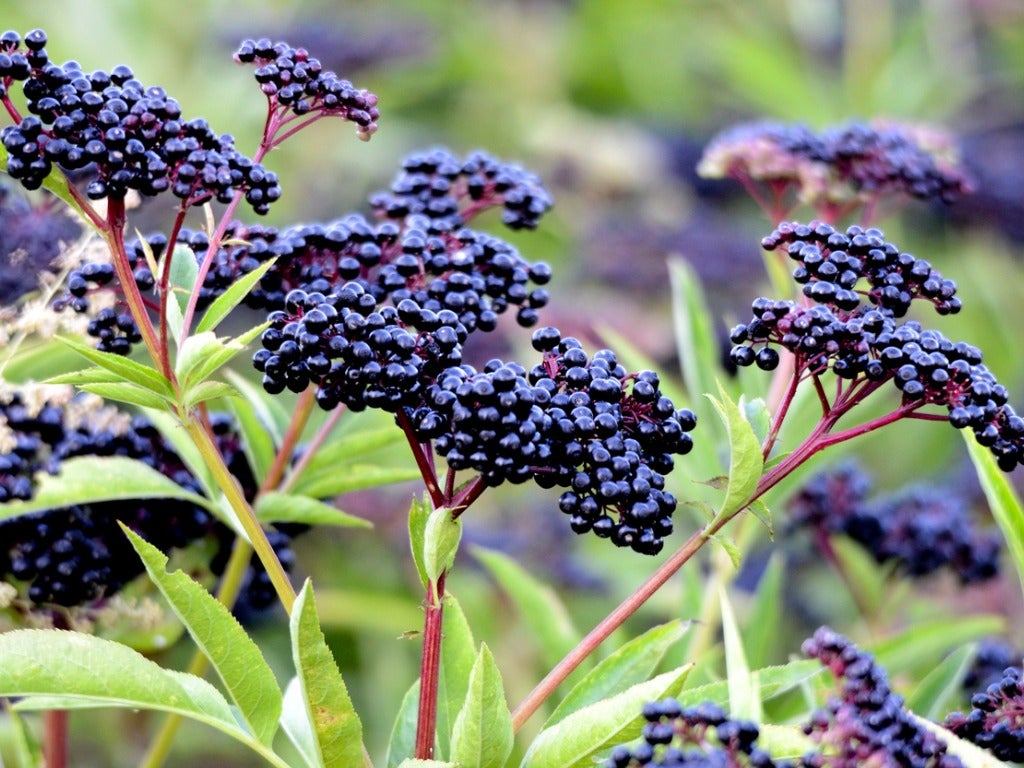 Germinating Elderberry Seeds – Elderberry Seed Growing Tips
Germinating Elderberry Seeds – Elderberry Seed Growing TipsIf you are cultivating elderberries for commercial or personal harvest, growing elderberry from seed may not be the most efficient way to go, however, it is possible. Click here to learn more.
By Teo Spengler
-
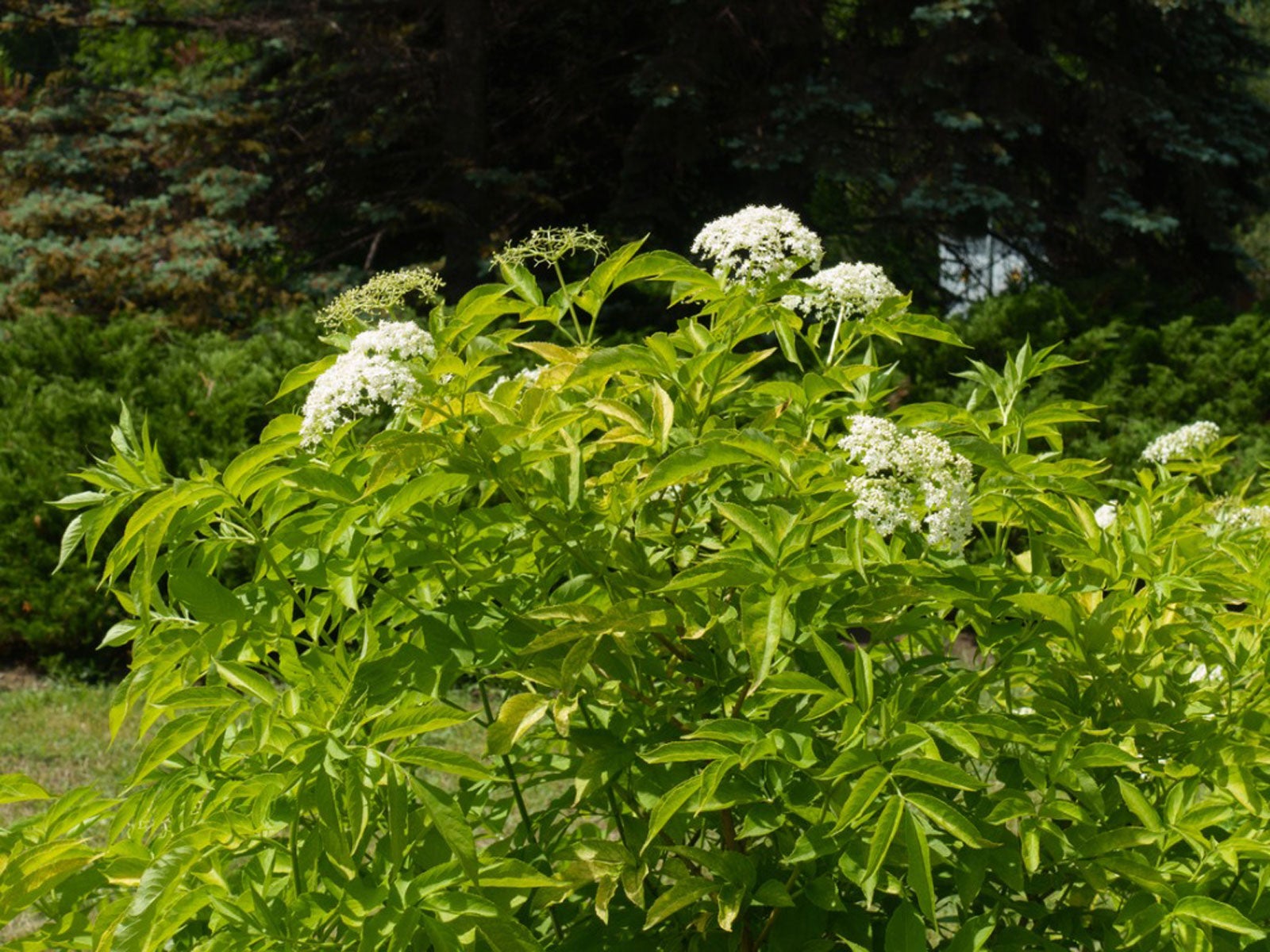 Transplanting Elderberries – How To Transplant Elderberry Bushes
Transplanting Elderberries – How To Transplant Elderberry BushesElderberry plants are attractive and productive. If you have a poorly sited shrub, moving an elderberry is not difficult. Get tips here.
By Teo Spengler
-
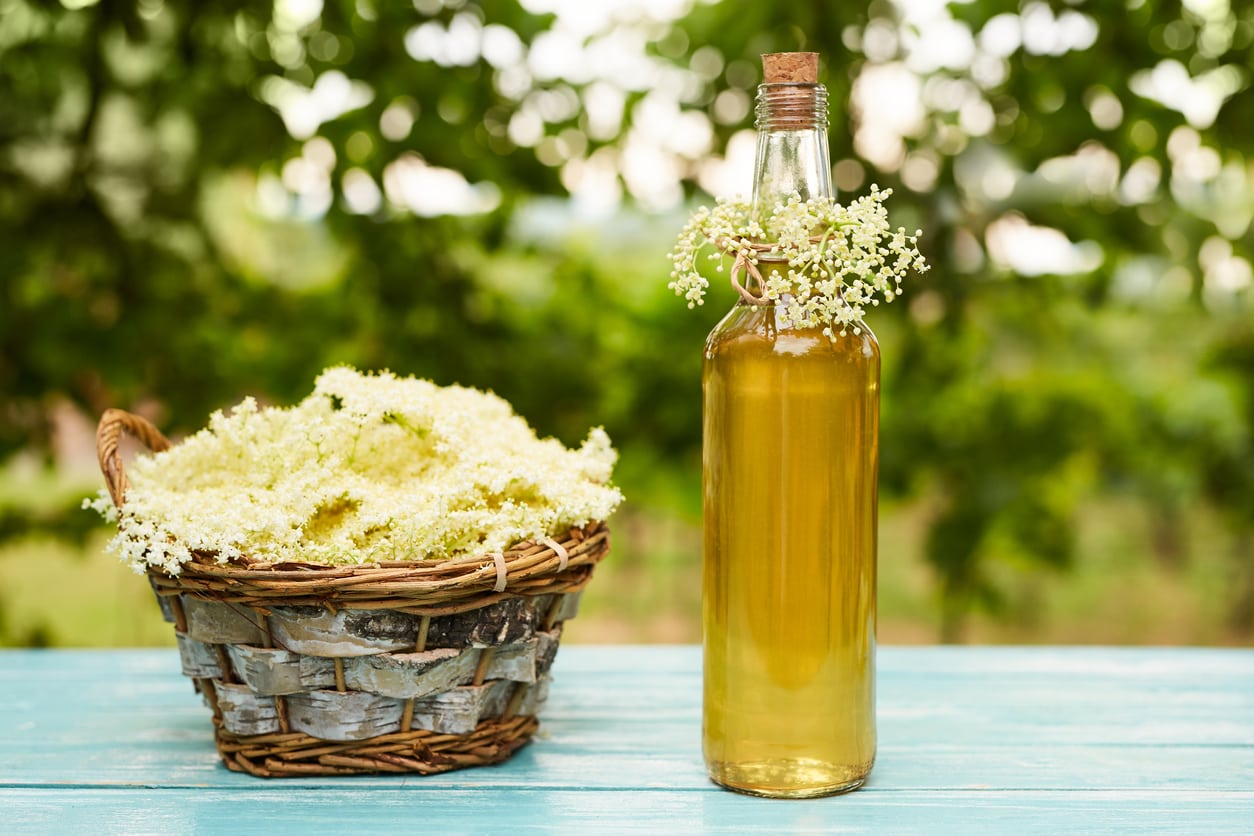 What To Do With Elderflowers: How To Use Elderflowers From The Garden
What To Do With Elderflowers: How To Use Elderflowers From The GardenMany gardeners and cooks know about elderberries, the small dark fruits that are especially popular in European cuisine. But before the berries come the flowers, which are tasty and useful in their own right. Click here to learn what to do with elderflowers.
By Liz Baessler
-
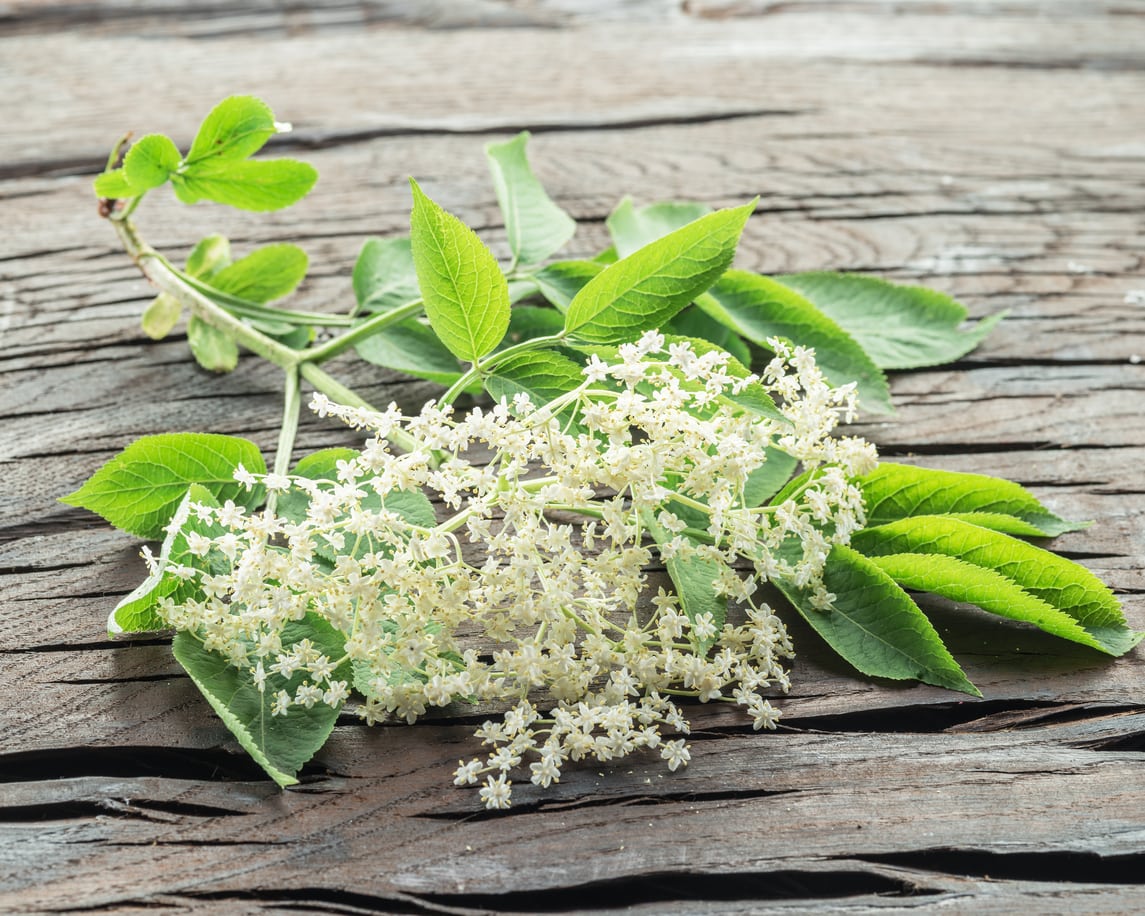 Elderberry Flowers – Growing Elderflowers In The Garden
Elderberry Flowers – Growing Elderflowers In The GardenElderberry is most well-known for its fruit, but you can also grow elderberries for their flowers. American elder is a fast-growing bush that will tolerate a variety of conditions and requires little care and maintenance. Learn more in this article.
By Mary Ellen Ellis
-
 How To Harvest Elderflowers – Tips For Picking Elderflowers
How To Harvest Elderflowers – Tips For Picking ElderflowersElderflowers have a long tradition of use and colorful lore. They are most useful in herbal concoctions during flu and cold season. Picking elderflowers when in season and drying them is an excellent way to preserve them for fall and winter sick days. This article will help.
By Bonnie L. Grant
-
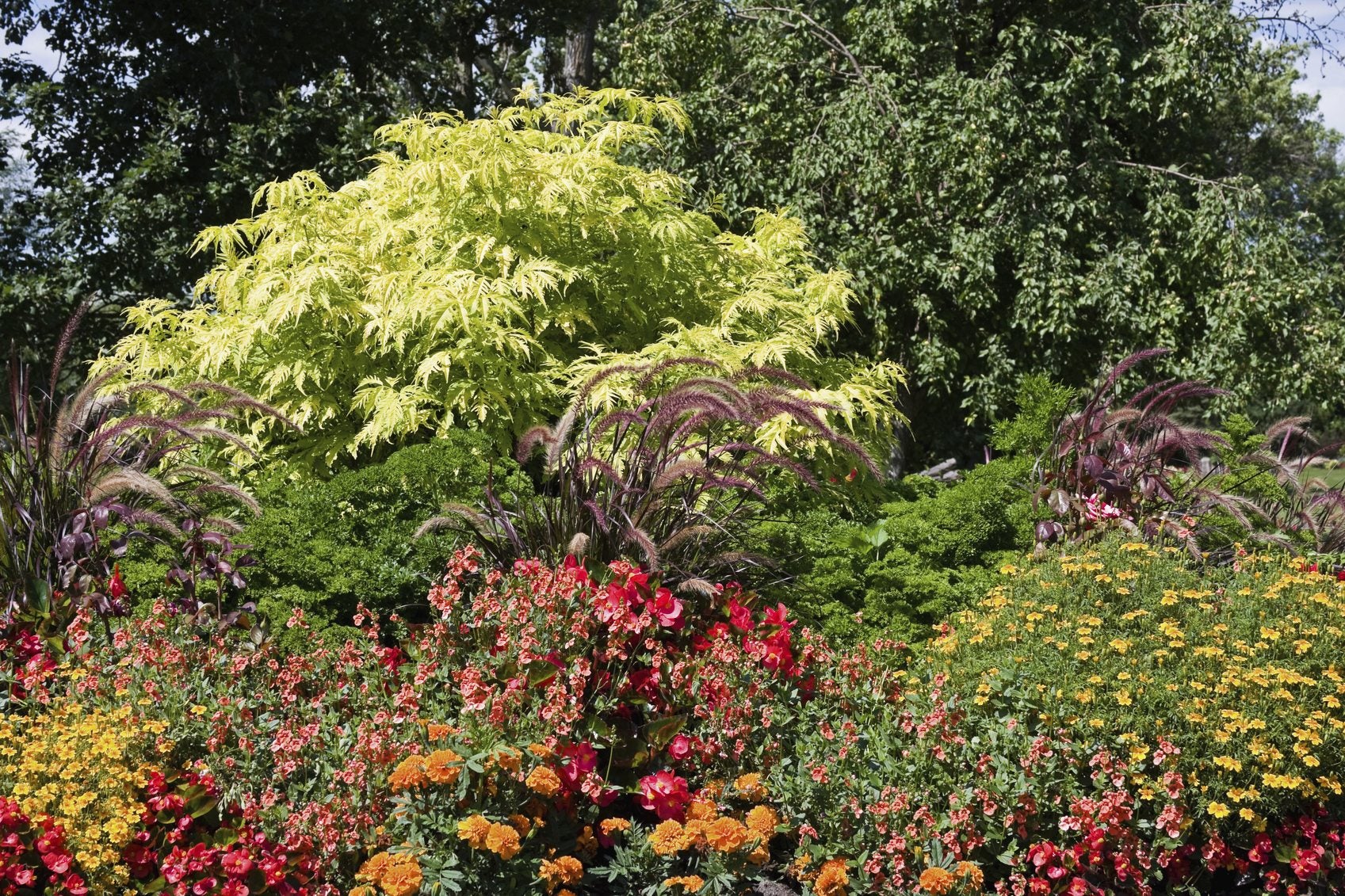 Elderberry Plant Companions – Tips On Planting With Elderberries
Elderberry Plant Companions – Tips On Planting With ElderberriesGardeners love elderberries because they attract pollinators, like butterflies and bees, and provide food for wildlife. These shrubs can be planted alone but look best with elderberry plant companions. What to plant with elderberries? This article will help.
By Teo Spengler
-
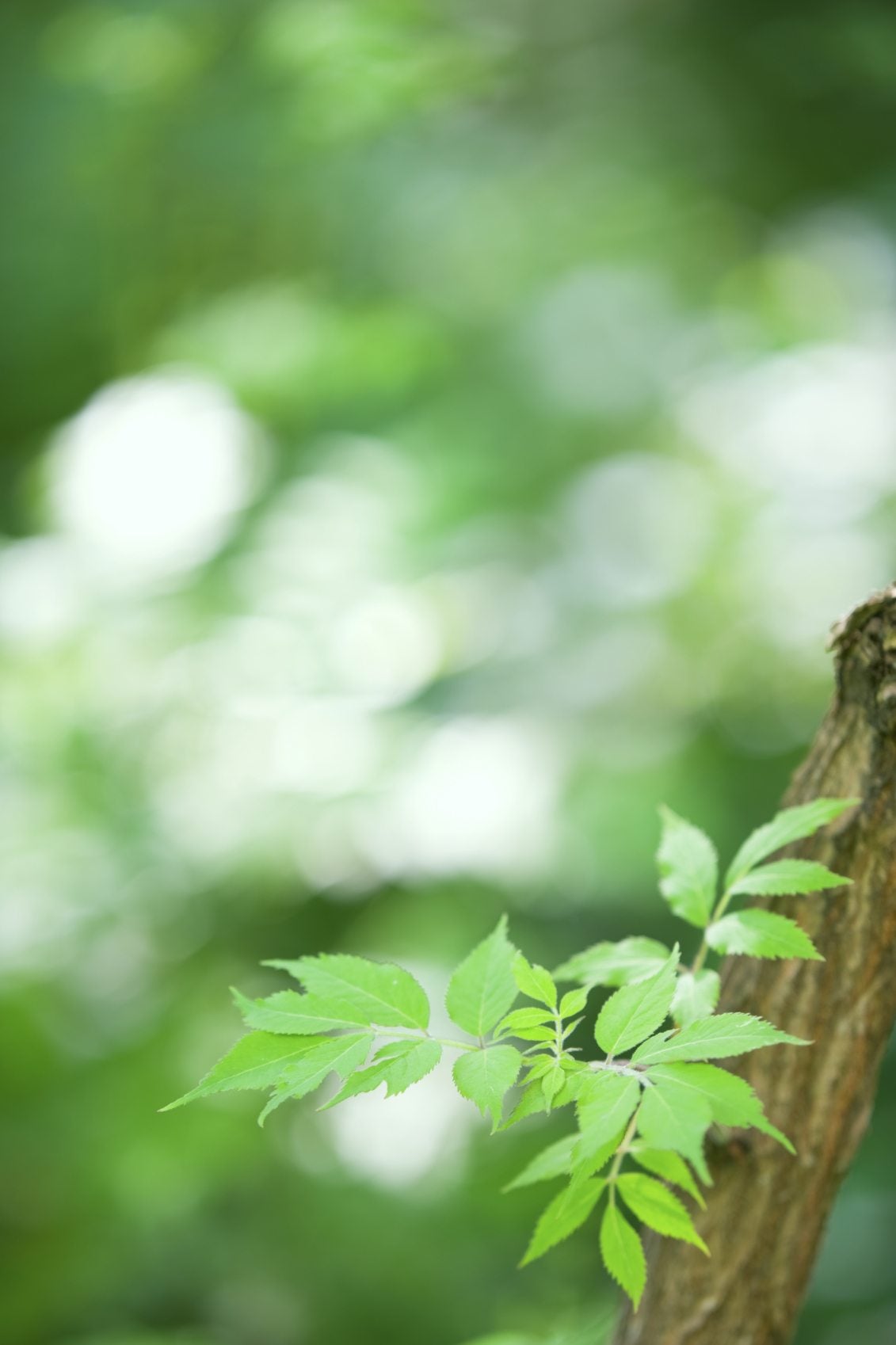 Rooting Elderberry Cuttings: How To Propagate Elderberry Cuttings
Rooting Elderberry Cuttings: How To Propagate Elderberry CuttingsElderberries are woody plants, thus starting elderberry from cuttings is a simple and common method of elderberry propagation. How to propagate elderberry cuttings and when is the best time to take elderberry cuttings? Learn more here.
By Amy Grant